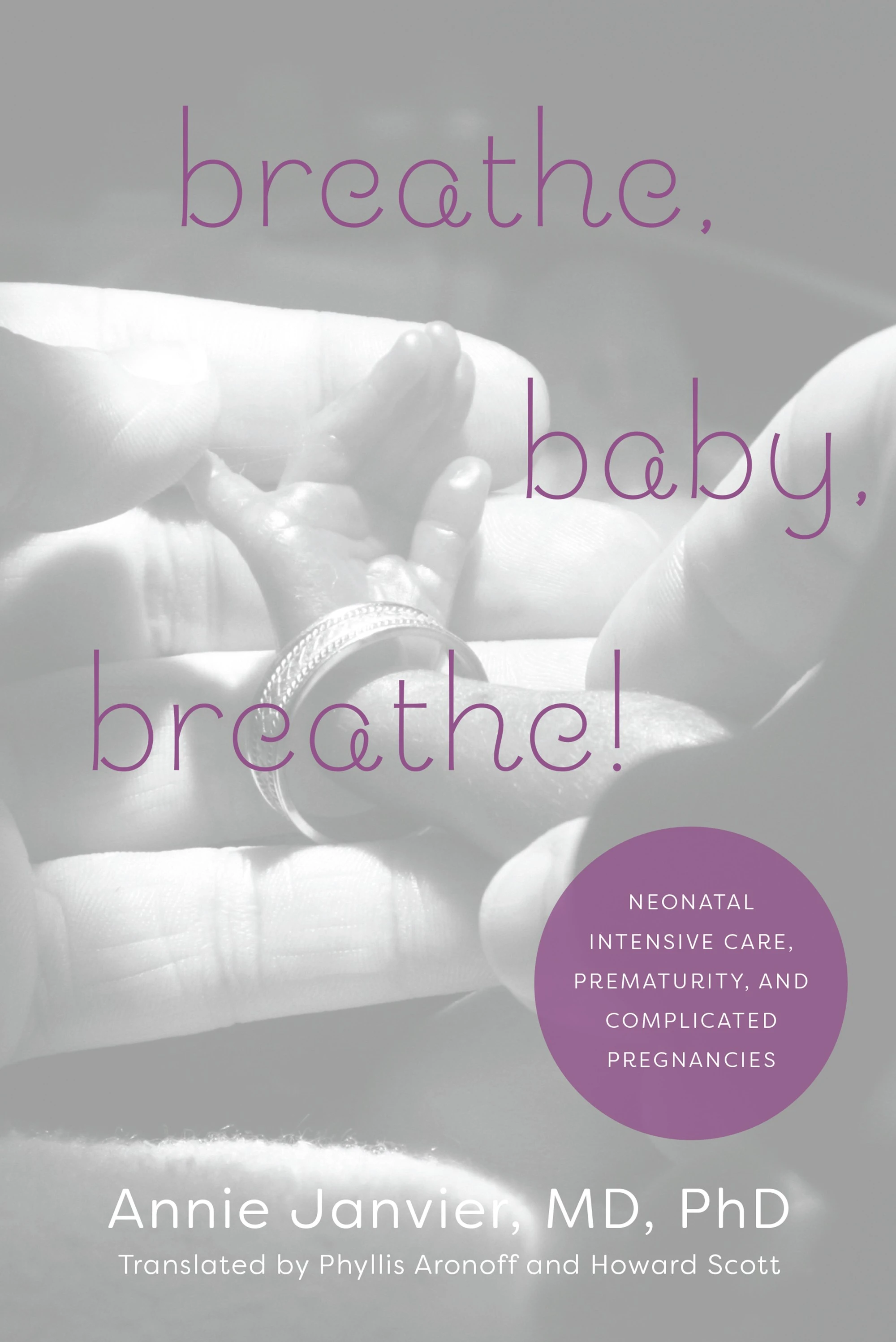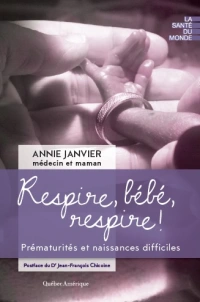Gaynor JW, et al. Neurodevelopmental Outcomes After Cardiac Surgery in Infancy. Pediatrics. 2015. This is an important study of the issue detailed in the title including 1770 infants who had surgery between 1996 and 2009, and who had Bayley II tests performed at between 6 months and 30 months. All had cardiac surgery requiring bypass at less than 9 months of age. As the authors note there are substantial numbers with low Bayley scores, 15% of the entire group are more than 2SD below the standardized mean of 100, and among those who have aortic arch obstruction it was 20%. There has been a minor improvement over the years of the study, after adjustment for risk factors.
Jakaitis BM, Bhatia AM. Definitive peritoneal drainage in the extremely low birth weight infant with spontaneous intestinal perforation: predictors and hospital outcomes. J Perinatol. 2015.The study evaluated the outcomes of 89 preterm infants who had spontaneous perforation in whom the initial approach was peritoneal drainage without laparotomy. 75% never had a laparotomy. The authors note that, of those who proceeded to eventual laparotomy some had persistent air in the peritoneum, some developed skin fistulas, and some had persistent sepsis. A few were found on pathology to have probable NEC after all, when they had the laparotomy.
Nellis G, et al. Potentially harmful excipients in neonatal medicines: a pan-European observational study. Archives of Disease in Childhood. 2015. A report from 89 NICUS in 21 European countries of what nasty stuff they gave to their babies, when they were trying to only give them good stuff. 27% of medications administered contain things we shouldn’t be giving to newborns. 2/3 of the babies received at least one of these medications. The potentially toxic components include Polysorbate 80, Propylene glycol, Ethanol, Parabens, Benzoates, Benzalkonium, Saccharin and Sorbitol. As the authors note, for many of the sources of these excipients, there are alternatives available which do not contain them.









Pingback: Paracetamol for the PDA? Maybe not this time. | Neonatal Research